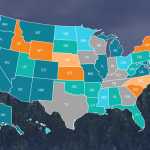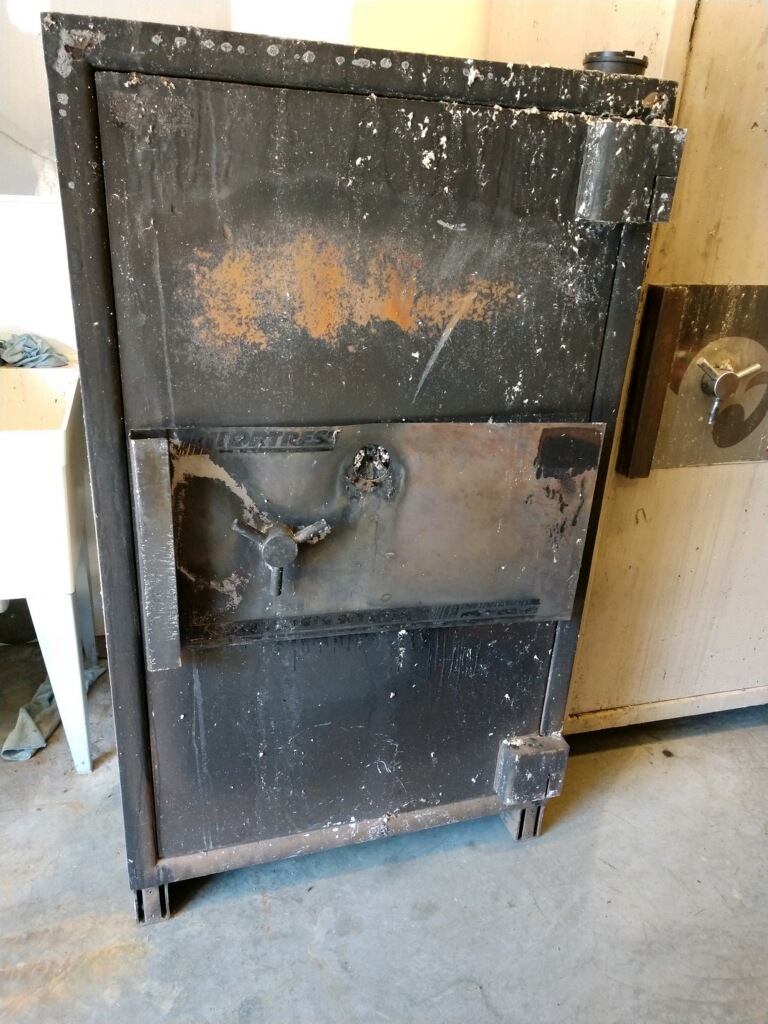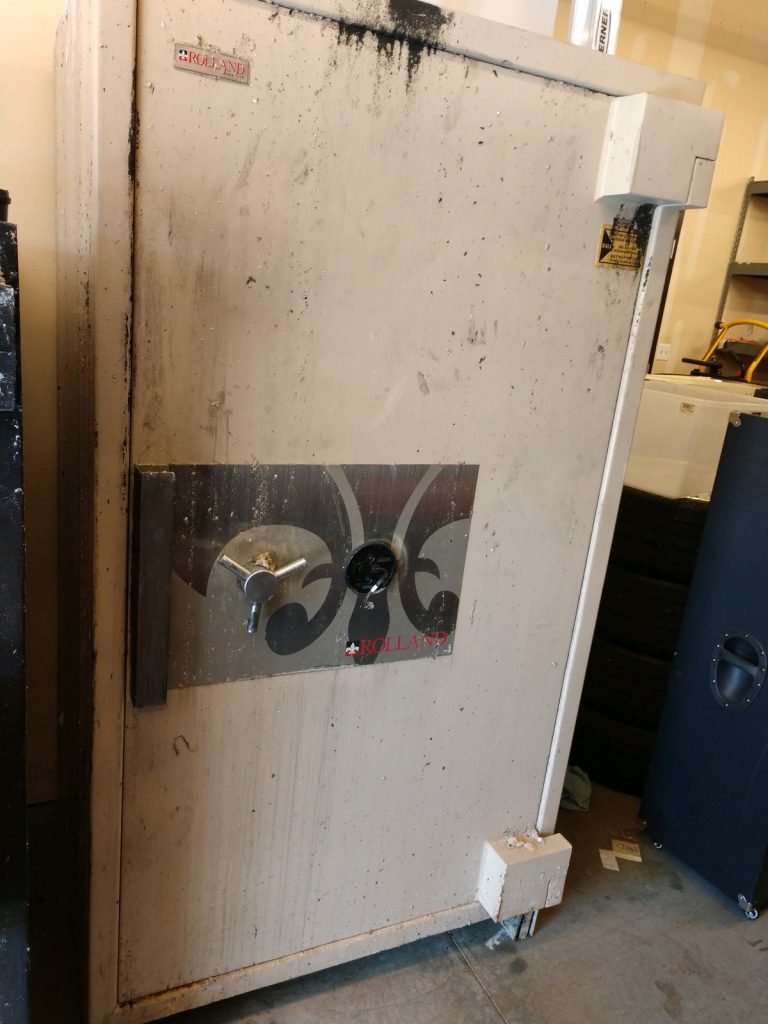Choosing a method of secure storage is an important part of designing a cannabis facility, but not every facility has the same needs when it comes to secure storage. Small and large cannabis businesses have different requirements when it comes to secure storage and, depending on the location of the business, regulations may dictate which method of secure storage should be used.
The main two choices for cannabis secure storage are vaults and safes, but these can vary drastically in quality, cost, and function. Sometimes, regulatory authorities will specify more than just which method of secure storage cannabis businesses will use. Regulations may require certain building materials or lock types, like in Denver where vaults are now required to be reinforced with plywood or steel mesh and utilize a multi-point single motion locking system.
“It’s best to know what form of secure storage you should implement from the beginning,” says Sapphire Senior Security Consultant Haley Glover. “When observing the amount of cannabis businesses that are operational in Denver, it can potentially be extremely costly for those businesses to have to go back and either exchange a safe that is not up to regulation or even have a new install of a safe because of poor storage practices.”
Though there are many excellent methods of secure storage available, choosing the wrong one or implementing it incorrectly could make the business more susceptible to theft or loss. Additionally, cannabis is also prone to deterioration when stored improperly and must be maintained within set environmental conditions. When designing and building out a cannabis facility, cannabis business owners should consult with security experts who understand the differences in secure storage methods for cannabis.
Differences in Vaults
For cannabis businesses with significant amounts of cannabis on-site, including cultivators, manufacturers, large retailers, a secure storage room or vault would be the preferred storage option. Not all vaults are considered equal, and the security of vaults can vary based on the construction materials and equipped security devices. When vaults are built by inexperienced general contractor, they can cause structural damage to the existing building due to the heavy construction materials.
One of the most secure and cost-efficient options for cannabis secure storage room is lining the walls and ceiling with maximum-security mesh. This method is used to secure government, commercial, and retail buildings all over the world and is easier to implement in existing structures than a traditional vault constructed with concreate. Secure storage rooms lined with maximum-security mesh help create a protected and controlled environment for the storage of cannabis.
When required by regulations, vaults may need to adhere to Title 21 Code of Federal Regulations §1301. This requires vaults to be constructed out of detailed heavy-duty materials and to meet specified security standards. It is also required that vaults of this standard include additional security devices, such as sensitive ultrasonic equipment and sound accumulator systems.
Differences in Safes
Though there are thousands of different models of safes on the market, they are not all created equal. TL-rated safes have been proven to be the most effective safe for high-risk businesses, including cannabis businesses. At the time of this article’s publication, there has not been any report of a successful attack of any TL-rated safe.
TL-Rated Safes
The TL-30 designation is issued by the Underwriters Laboratory. TL-30 safes offer the highest in security standards for most business applications. The TL-rating refers to the safe’s ability to withstand an attack from the common burglar’s go-to tools such as hammers, saws, drills, and grinding wheels. Its solid composite body incorporates high-density concrete. The concrete inside the safe body is embodied with corundum aggregate and encased in a double layer of high-tensile steel.
The numeral part in the TL-rating stands for the amount of time the safe can withstand a sophisticated attack by an experienced criminal. For example, if a safe has a TL-30 rating, the safe can resist an attack for up to 30 minutes. Many of these safes are also rated to protect valuables from a fire for up to 2 hours.
Gun Safes
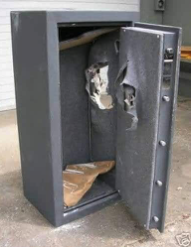
A gun safe is mainly designed to keep kids and others from easily getting into the safe and accessing the guns. The inner lining of the safe is mostly sheet rock, which is great for absorbing heat, but offers very little resistance to basic tool attacks and no resistance to the more sophisticated tools associated with burglaries in the high asset world.
“Similar to any high-risk industry, cannabis businesses may not fully understand the need for proper secured storage until an event occurs. At that time, they’ve already lost product or cash and are then having to pay for it, said Haley Glover. “Proactive security practices will significantly reduce the chance of a successful theft.”
When it comes to securing a business’ valuables, cannabis business owners will want the highest level of protection. Though each cannabis business will have its own operational needs and regulatory requirements, a cannabis security expert will be able to choose a secure storage option that is right for the business to ensure they remain compliant and secure.
How Can Sapphire Risk Help?
Tony Gallo and Sapphire’s team of security professionals are experienced creating security plans and standard operating procedures to mitigate avenues for internal theft. Follow us on social media to stay up to date with more security best practices and cannabis industry updates!
Author

Katharine Baxter is the Lead Technical Writer and Industry News Editor for Sapphire Risk Advisory Group and is responsible for creating compliant security plans for cannabis business license applications. Katharine obtained her two Bachelor’s degrees in Journalism and Political Science and has worked in the cannabis industry for over two years. Katharine is a published author on cannabis and security and has covered topics such as cannabis security best practices and industry legal updates.
- First Experiences: What Our Interns Learned From Entering The Cannabis Industry

- California Senate Bill 69 Adds CEQA Requirements for New Cultivators

- Top 5 Cannabis Security and Surveillance Violations

- Peace of Mind in the Retail Sector: Facility Security

- Opportunities in the Ohio (O-High-O) Cannabis Market

- Building Security and Trust: Verifying Identification and Payments
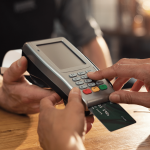
- The Importance of Loss Prevention
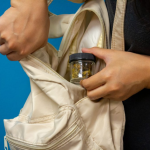
- Thoughts to Improve Cannabis Security Regulations Across the Nation

- Opportunities in the Minnesota Cannabis Market
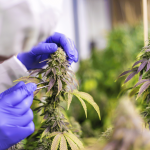
- U.S. Cannabis Legalization 2023 Update
